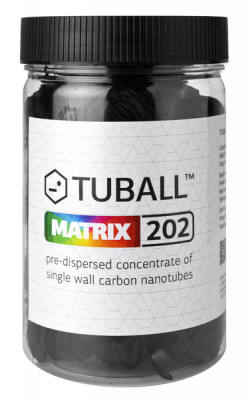
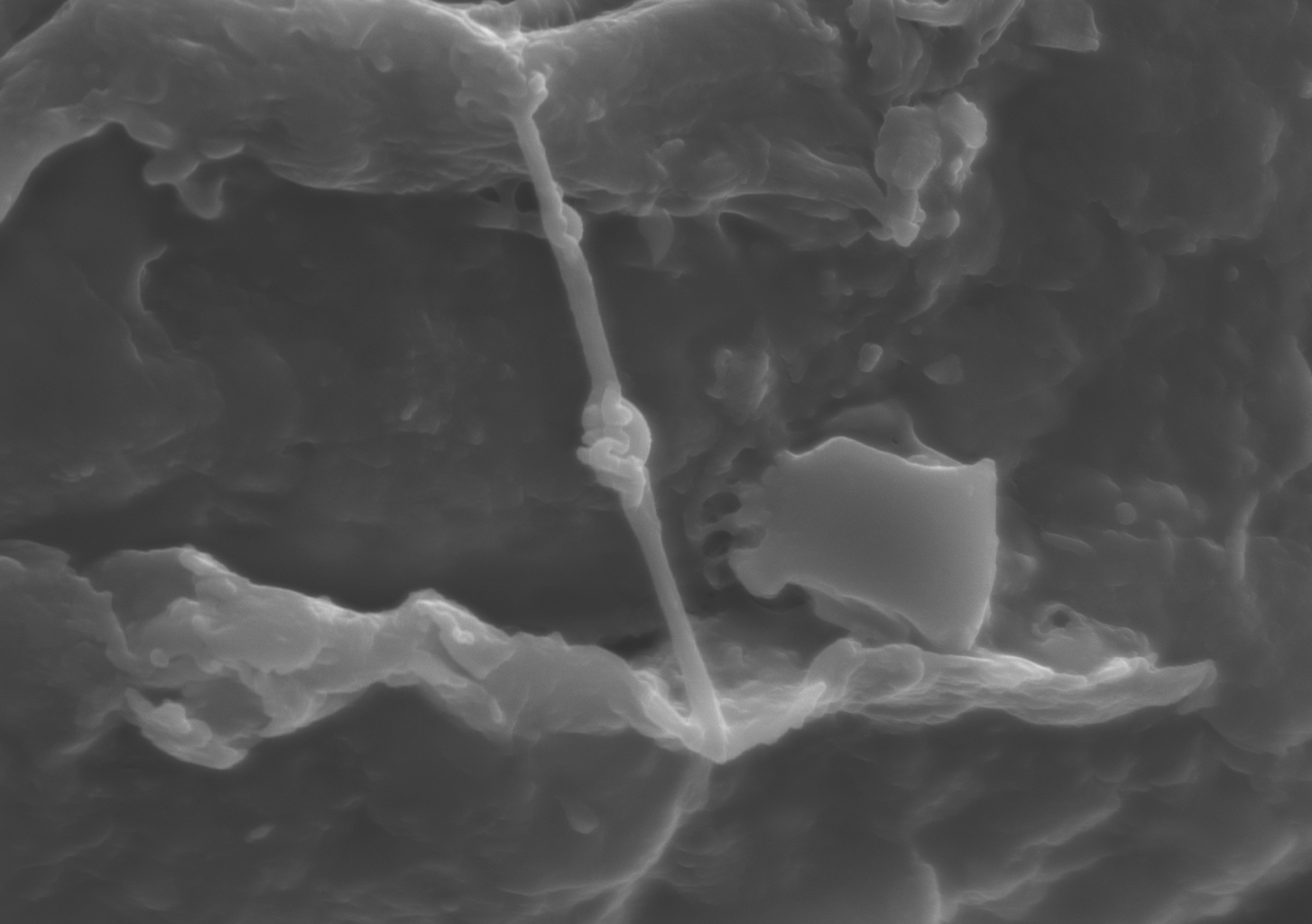
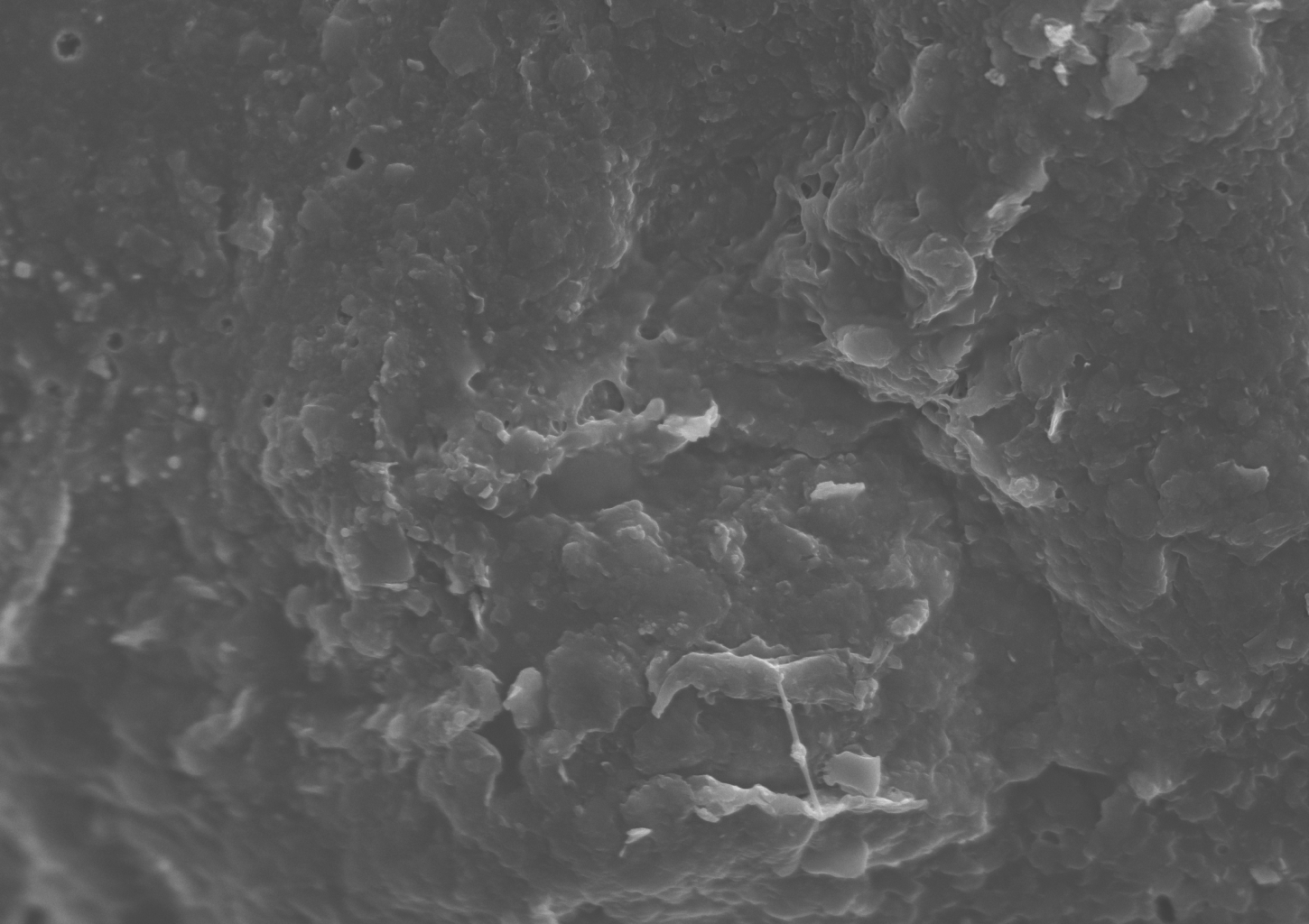
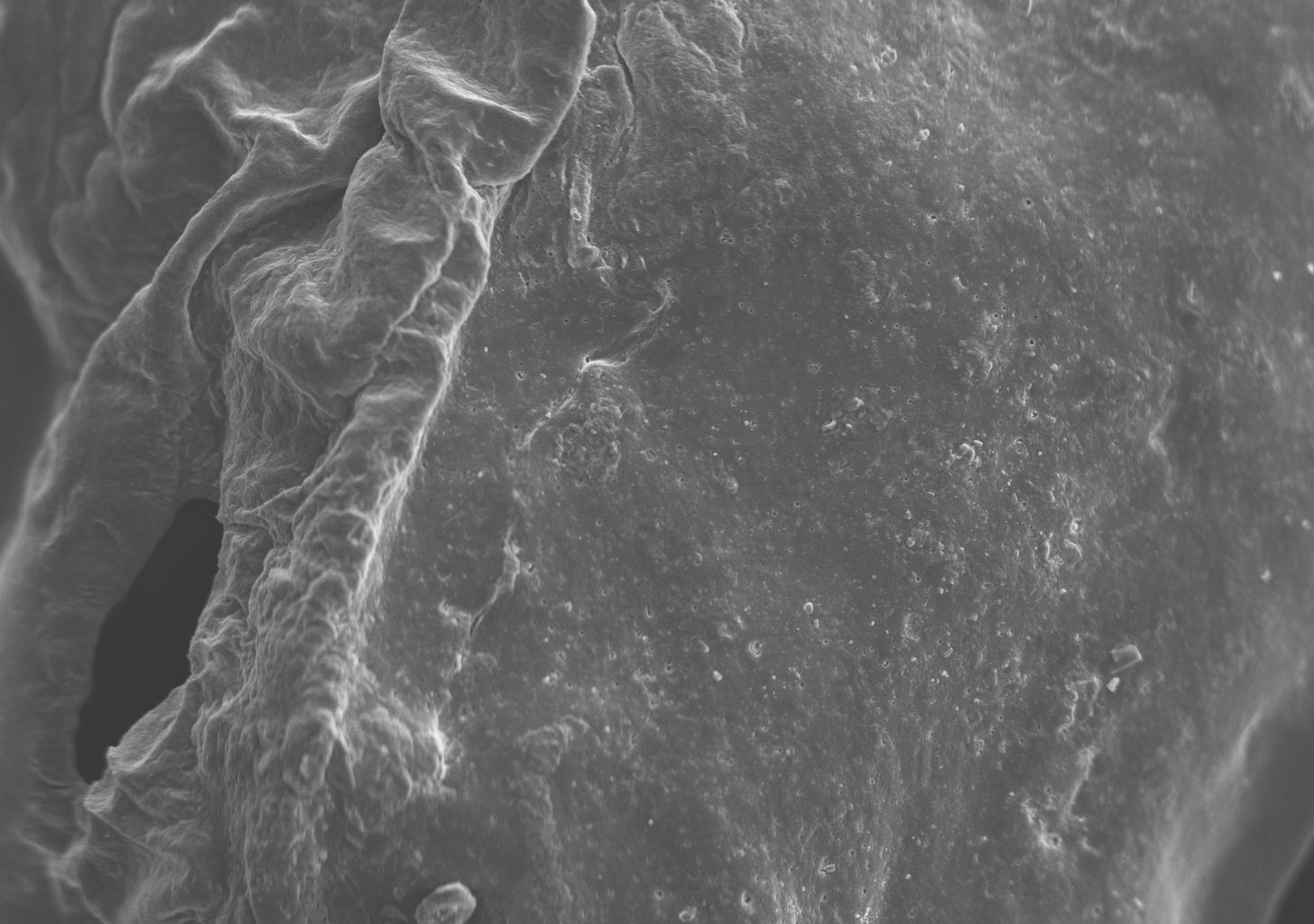
Aditivo conductivo para PU aromático y alifático sin disolventes (poliéster, poliéter, TDI/MDI, otros) y sistemas fenólicos. Se utiliza ampliamente para revestimientos de PU y elastómeros fundidos. Impacto mínimo en la resina receptora debido a la menor dosis de trabajo en comparación con TUBALL™ MATRIX 209
Ventajas
Garantiza una conductividad eléctrica permanente y uniforme sin "puntos calientes"
Conservación y mejora de las propiedades mecánicas
Da color a la resina epoxi gracias a que los aditivos son aplicados en bajas concentraciones y a un efecto grisáceo mínimo
Fórmula de predispersión que permite usar los equipos estándares de producción
Influencia mínima sobre densidad, viscosidad y otras propiedades reológicas del material
Aplicaciones principales
Ejemplos de aplicación
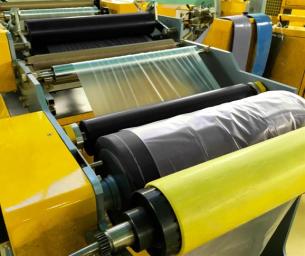
Cilindros de uso industrial

Cintas transportadoras industriales
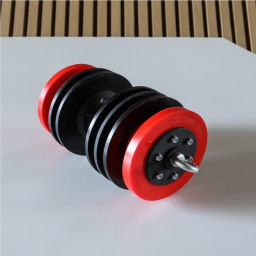
Discos pig
Vídeo
TUBALL™ MATRIX – Manual de aplicación (eng)
Anti-static polyurethane casting and coatings - Processing guide for TUBALL™ MATRIX 202/209